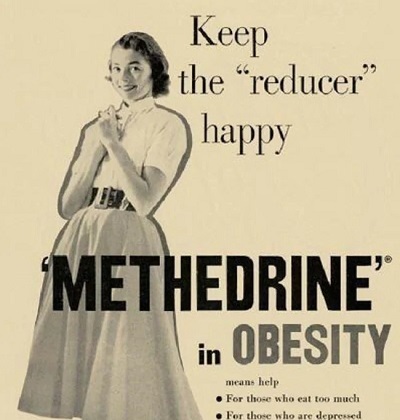Kratom is a shrub that grows natively in Southeast Asia. Botanically, kratom comes from the Rubiaceae family, the same family as coffee. Kratom’s leaves are most often consumed by eating fresh or dried leaves or brewing the leaves into a tea.
Like coffee, kratom is not a substance that typically leads the people who consume it to become unproductive, unfocused, or socially dysfunctional (Singh 2015). Kratom consumed moderately seems to be no more taxing on the body than coffee. Most people can consume a fair amount of coffee with no ill effects, but for a small percentage of people, coffee and kratom have undesirable health consequences. In fact, kratom’s most active alkaloid, mitragynine, is less toxic than coffee’s main alkaloid, caffeine.
In a recent TV ad campaign, the American Kratom Association (AKA) says kratom is “not a drug” and calls it a “safe food”. There are legal reasons for this terminology, as the AKA is promoting a legal framework to protect the rights of American kratom consumers. If kratom is legally classified as a drug then it must pass through a costly, rigorous, years-long procedure through the Food and Drug Administration in order to be available on the market. This process is only available to large pharmaceutical corporations. This is why the drug Epidiolex costs $13,000 per year per patient with epilepsy, and the product of dubious distinction, CBD, costs one tenth that amount, even though Epidiolex and CBD are the same substance. A food coming from a plant, like coffee or tea, would not have to endure rigorous regulatory processes in order to be sold.


0 Comments